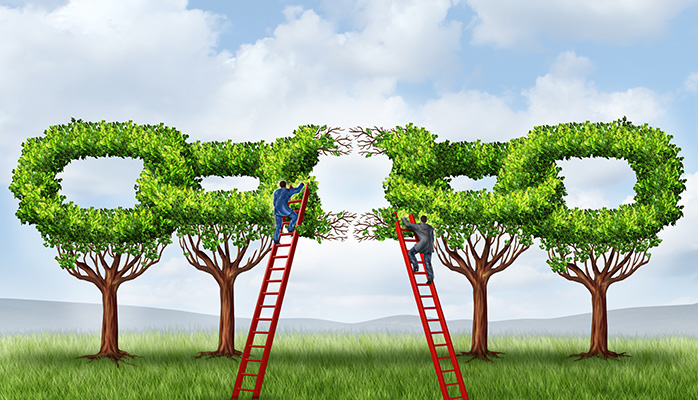
One thing I know is that speaking with people and asking questions is helping me become an expert in my field. Forget all the endless reading and research… personal experience and the face-to-face conversations with end-users of cleaning chemicals is teaching me a lot.
I’ve asked friends and colleagues: How do we get the message out there… the message that cleaning chemicals are not just bad for the environment but bad for people’s health… the message to the employers who don’t understand the issues their contract cleaners deal with when using chemicals for hours on end… the message that even the cleaners who are suffering with headaches or burning eyes from chemical fumes don’t realise there are other options? The response I’ve received to all these questions has been very much the same: “What problem?”
To the everyday person I truly believe the answer “What Problem” is a reasonable response, so here’s what I have learned so far.
Multiple Chemical Sensitivity or MCS:
This is a condition only recently I was aware existed. More and more I am learning it is quite common. One story that comes to mind is when I was speaking to a cleaner at a trade show. She was so excited to hear that there was an alternative to chemicals, because as a cleaner for 11 years she had been taking antihistamines on a daily basis. It turns out she has MCS. She believes the air freshener in the bathroom and disinfectants that she was cleaning with were causing severe headaches. Here’s a link to a fact sheet on NSW Health click here.
Volatile Organic Compounds or VOCs:
VOCs are chemicals that enter the air as gases from certain solids or liquids. They are ingredients in many commonly used products and are in the air of just about every indoor setting. It is very easy for VOCs to build up within an indoor environment and become a health hazard. Reference: cetec.com.au
How do we feel about chemicals being used around food areas? Are you comfortable that staff at restaurants and eateries spray cleaning solutions around the food, plates and cutlery? With all good intentions they are cleaning, and public perception is that the place is hygienic. My perception is that we are ingesting chemicals. Now that I’ve mentioned it, I’m sure you will notice it. add the following. I’ll write more about this at another time.
I don’t mean to be an alarmist but there are so many health and safety issues associated with cleaning products:
– workplace asthma
– breathing in of chemical fumes
– skin burns
– eye injuries
– dermatitis
– inhalation burns
– common cleaning products that are known carcinogens.
And the list goes on and on.
My friends may be right, “You can’t fix what is not broken,” but knowing what I know today, I feel I have a social responsibility. There is a lot of fixing we can do both for our health and the environment.
My question to everyone is: “If there was a safer, cost effective, chemical-free, environmentally-friendly alternative to potentially harmful cleaning products that actually works, why wouldn’t you try it?”
I would love to hear your thoughts.